The functioning of any type of computer is based on a storage device that is able to store information, use it for calculations and issue it at the first request of the operator.
Definition
An information storage device is a device associated with other elements of a computer and capable of perceiving external influences. In modern computers, several types of similar products are used at once, each of which has its own functionality and features. Key information storage devices are classified according to their operating principles, energy supply requirements and many other parameters.
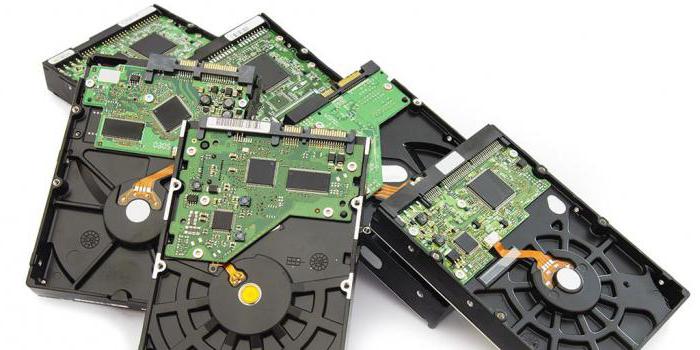
Actions with memory
The main task of any recording device is the ability to work with the operator. All actions are divided into three types:
- Storage. All information on the recorder must be there before being deleted by the operator or computer. There are products that can store data for a long time even when the computer is turned off. This is how standard hard drives work. Other similar products (RAM) contain only part of the data so that the operator gets access to them as quickly as possible.
- Enter. The information must somehow get to the recording device. In this case, separation can follow this principle. Some models work directly with the operator. Others are associated with other storage elements, accelerating their work.
- Conclusion. The data obtained is displayed on the user interaction interface or provided for calculations to other storage devices.
All devices for storing, inputting and outputting information in one way or another are connected into a single network within a single computer. Together, they ensure its performance.
The form
The classification of information storage devices by recording form divides them all into two categories: analog and digital. The first in the modern world are practically not used. The closest example of an analog recording device is a cassette for a tape recorder, which has long been outdated. Nevertheless, some developments are ongoing in this direction. At the moment, there are already several prototypes of products of this type that are not bad in terms of capacity and speed of operation, however, compared to digital devices, they significantly lose in production costs. A standard computer hard drive stores information in the form of ones and zeros. This is a digital recording device, like the vast majority of modern products of this type. Their functioning is based on the principle of maintaining the physical state of the medium in one of two possible forms (for the binary system). Nowadays, more modern options are also used that can use the ternary or even decimal form of the record. This was made possible thanks to the use of the unique properties of different materials and the advent of new technologies for writing data to drives. Mankind is gradually increasing the amount of information that can be saved while reducing the size of the medium.
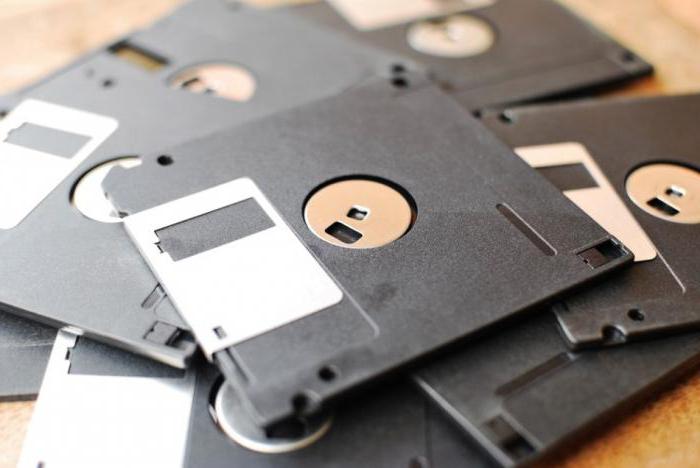
Recording stability
Classification by this indicator divides all information storage and processing devices into four groups:
- Operational recordings (RAM). The operator gets the opportunity to introduce new information, read already available and work with it directly in the process of functioning.An example is the random access memory of a computer. It stores most of the constantly requested data, so you do not need to constantly access the main hard drive. In most cases, all information is erased from such media after a power outage.
- Rewritable (EEPROM). Such products allow you to record, erase and re-enter data almost an unlimited number of times. An example is CD-RW and standard hard drives. In any computer, such memory is the most, and it is on it that almost all user information is stored.
- Recordable (EPROM). On such devices, data can only be saved once. It is impossible to overwrite or delete information, which is the main drawback of such products. An example is CD-R discs. In the modern world it is used extremely rarely.
- Permanent (ROM). This type of device saves once recorded information and does not allow it to be deleted or changed in any way. An example is the BIOS of a computer. In it, all the data remains unchanged and the user gets the opportunity to select only other settings from the list of existing ones. Unlike EPROMs, you can still add new data to such media, but as a rule, this requires the complete removal of the old. That is, the BIOS can be reinstalled, but not supplemented or updated.
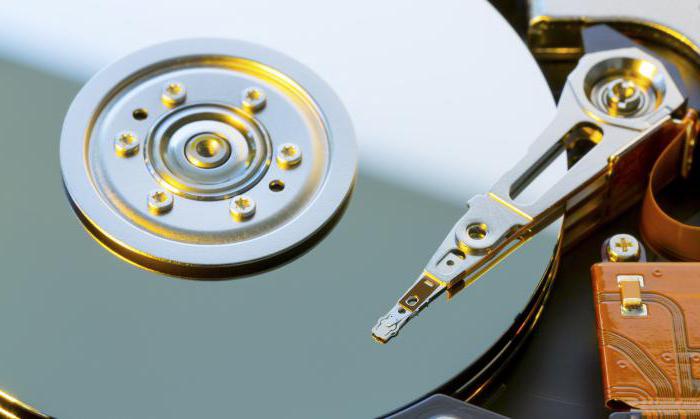
Non-volatility
For the computer to work, it requires electricity, without which the implementation of all actions would be impossible. However, if every time after turning off the PC the data on all the work done was erased, then the value of the computer in our life would be much less. So what kind of food storage devices are there?
- Volatile. These products work only when there is electricity supplied to them. This type includes standard RAM modules DRAM or SRAM.
- Non-volatile. Recording devices do not require power to save information. An example is a computer hard drive.
Type of access
Storage devices are also divided by this indicator. By type of access memory is:
- Associative. Used rarely. These products include special devices that are used to increase the speed of extensive data arrays.
- Straight. Full and unlimited access is offered by hard drives that are of this type of access.
- Consistent. Now almost never used. Previously used in magnetic tapes.
- Arbitrary. According to this principle, random access memory works, providing the user with the opportunity in arbitrary form to access the latest information that the system worked with. It is used to speed up the computer.
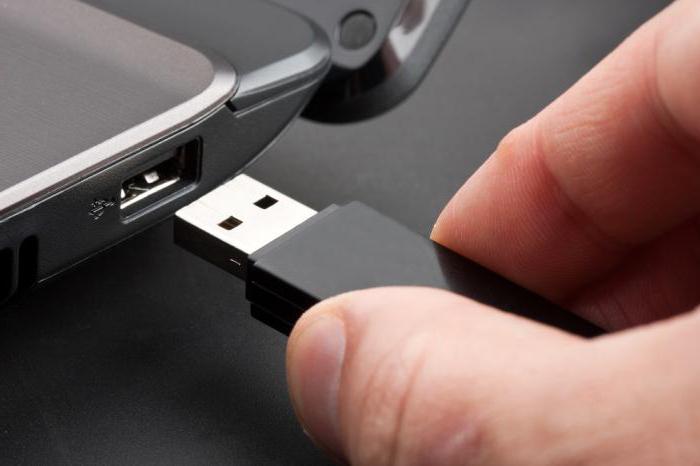
Execution
Devices designed to store information are classified by type of performance.
- Printed circuit boards. This type includes RAM modules and cartridges for old consoles. They work very quickly, but they need a constant supply of energy, which is why their current application has an auxiliary role.
- Disk. They are magnetic and optical. The most popular representative is the computer hard drive. They are used as the main storage medium.
- Card. There are a lot of options. Of the latter, flash cards can be noted. Previously, this type was used for the manufacture of punched cards and their magnetic counterparts.
- Drum. An example is a magnetic drum. Almost not used.
- Tape. An example is perforated or magnetic tapes. In the modern world, almost never occurs.
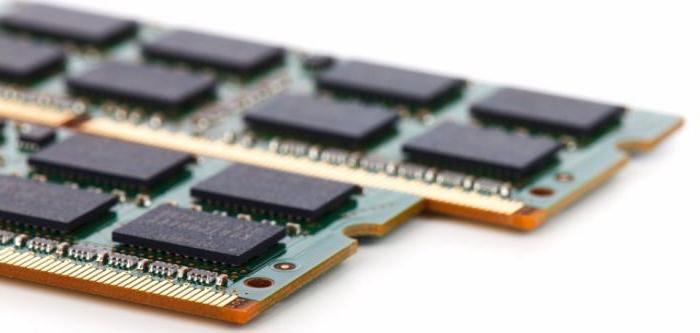
Physical principle
According to the physical principle of operation, input, output, storage and processing devices are divided into:
- Magnetic. They are made in the form of cores, disks, tapes or cards. An example is a hard drive.This is not the fastest way to process information, but it allows you to store data for a long time without supplying energy, which ensures their current popularity.
- Perforating. Made as ribbons or cards. An example is an old punch card used to record information in the first computer models. Due to the complexity of manufacturing and the small amount of stored data, this principle is practically not used now.
- Optical. CDs of any kind. All of them work on the principle of reflection of light from their surface. The laser burns the tracks, forming sections that differ from the total mass, which allows you to use the same binary code system in which one state of the disk is indicated by one and the other by zero.
- Magneto-optical. Disks like MO. They are rarely used, but combine the advantages of both systems.
- Electrostatic. They work on the principle of accumulating a charge of electricity. Examples are CRTs, capacitor banks.
- Semiconductor. Use the features of the same materials for the collection and storage of data. This is how a flash drive works.
Among other things, there are storage devices that work according to other physical principles. For example, on superconductivity or sound.
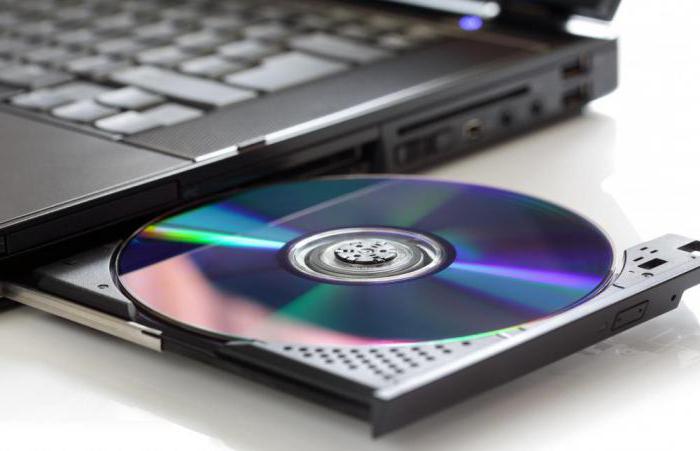
Number of states
The final classification option for a long-term storage device is how many states it can support. As mentioned above, digital media work by changing their physical part based on the supplied electricity. The simplest example: if it is magnetized, then this is equal to the number 1, if not, then - 0. This is the principle of the operation of binary systems that can support only two state variants. Now devices that work in three or more forms are also used. This opens up very broad prospects for the use of storage media, allows you to reduce their size, while increasing the total amount of stored information.
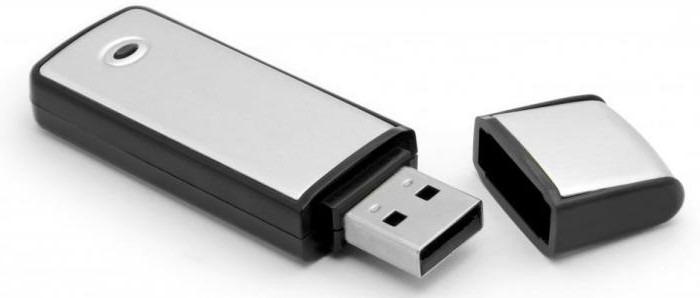
Summary
Old drives were very large. The very first computers required a room comparable to modern gyms, and even so they worked very slowly. Progress does not stand still and now storage devices, even the most voluminous, can simply be put in your pocket. Further development can go both along the path of searching for new materials or ways of interacting with the old ones, and in the direction of creating constant and stable communications around the world. In this case, high-capacity drives will be located in special server rooms, and the user will receive all data using the "cloud" technology.








